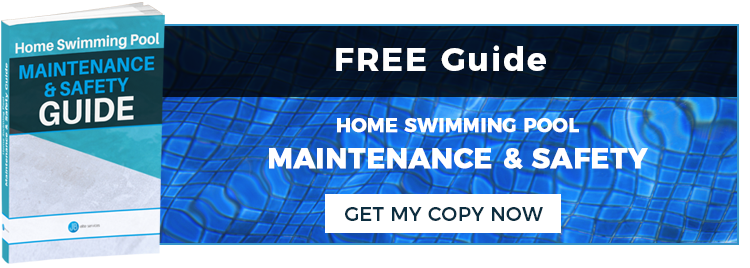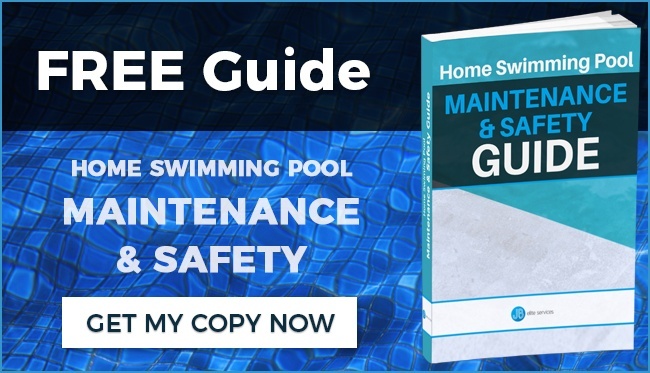
There are many reasons why environmentally friendly pools are an attractive option. From reducing the carbon footprint to cutting down on running costs, a careful investment can go a long way. Thankfully, creating a more ecologically sustainable home swimming pool doesn’t have to involve turning off the heater or ditching the chemicals. Here are 6 simple ways to keep your pool the right type of green.
1. Go Solar
Solar pool heaters are efficient and effective. The chances are that your pool is already positioned in the sunniest area of the grounds, so switching to solar is straightforward. Systems are available that alternate between mains and solar energy to ensure that cloudy weather is not an issue. Harnessing this natural resource is both wallet friendly and easy to install.
2. Go UV
One of the most dynamic developments in ecological pool design is UV filtration. UV systems work by denaturing bacteria, which includes the problematic chlorine-resistant microbes that some pools struggle with. UV requires very little energy to run and enables pool owners to dramatically reduce the chemical volume of the water.
3. Check For Leaks
Water wastage is one of the biggest environmental impacts of pools. Leaks can be well disguised, and tend to occur in fiddly areas such as the equipment pad. With the correct installation, on-site lining is the most reliable option. It is good practice to regularly check the ground around the pool for any moisture or erosion, and a pair of professional eyes can offer a more comprehensive check. Dealing with leaks swiftly is environmentally responsible and also helps to maintain the structural integrity of your pool.
4. Use The Right Type Of Pool Cover
Pool covers come in many different formats. For the most ecologically responsible option, select a cover that is designed to prevent heat from escaping. Slatted covers that form a tight seal are a good investment, and padded covers – which are like thick bubble wrap – can also work well. Choose a cover that absorbs heat and which has a healthy life expectancy.
5. Get A Robot!
Robotic pool cleaners can take much of the pressure off your filtration system. When a filter is overworked, it demands more energy. Robots can make their way around the floor of your pool, taking care of any debris before it has the chance to cause clogs. Pool cleaners use very little energy, and can reduce the chemical volume that pools need in order to ensure sanitary water conditions.
6. Maintain The Filter
Pools are only as healthy as their filter. A sluggish filter is not only an energy drain, it also reduces the efficacy of cleaning agents. Filters should be backwashed at least once a month, and it is also good practice to backwash after a heavy downpour or storm. If the pressure rises to more than 5 PSI higher than the normal level, backwashing should be carried out asap. Filters need to be stripped and cleaned annually, and any damaged or worn parts replaced. It is a good idea to let an expert take care of this aspect of pool maintenance.
Pools don’t have to be a drain on the environment. Whether you are looking to upgrade an existing pool or install an ecologically responsible one, give us a call today on 01536 646 007.
Image Source: pixabay.com










